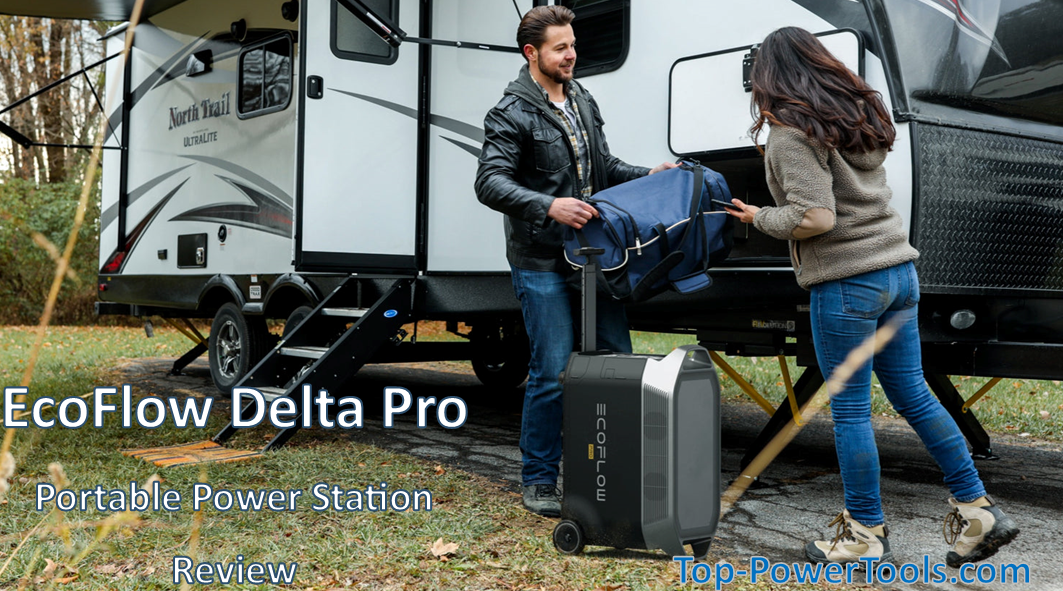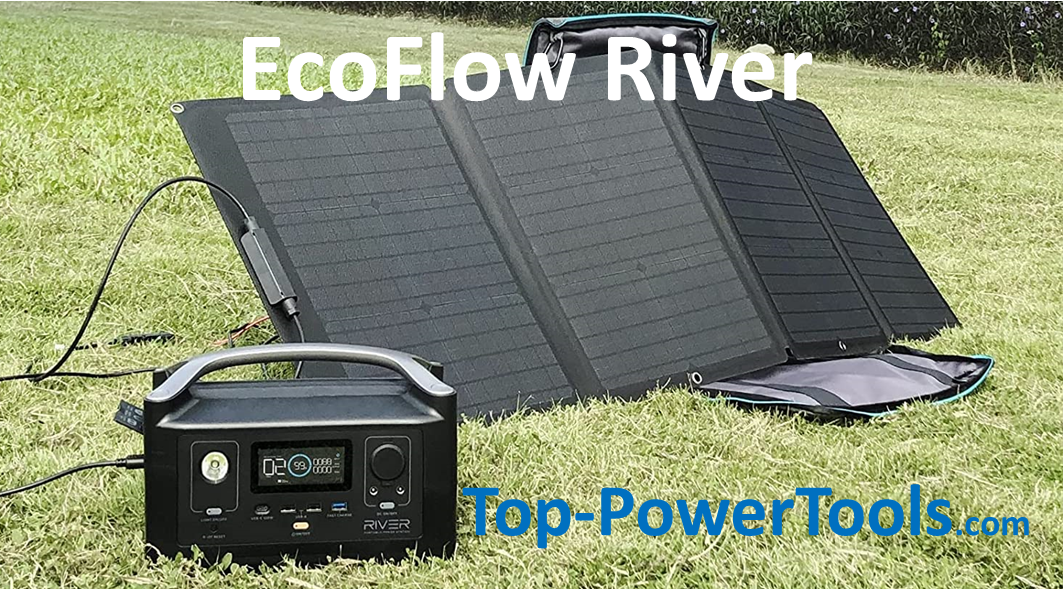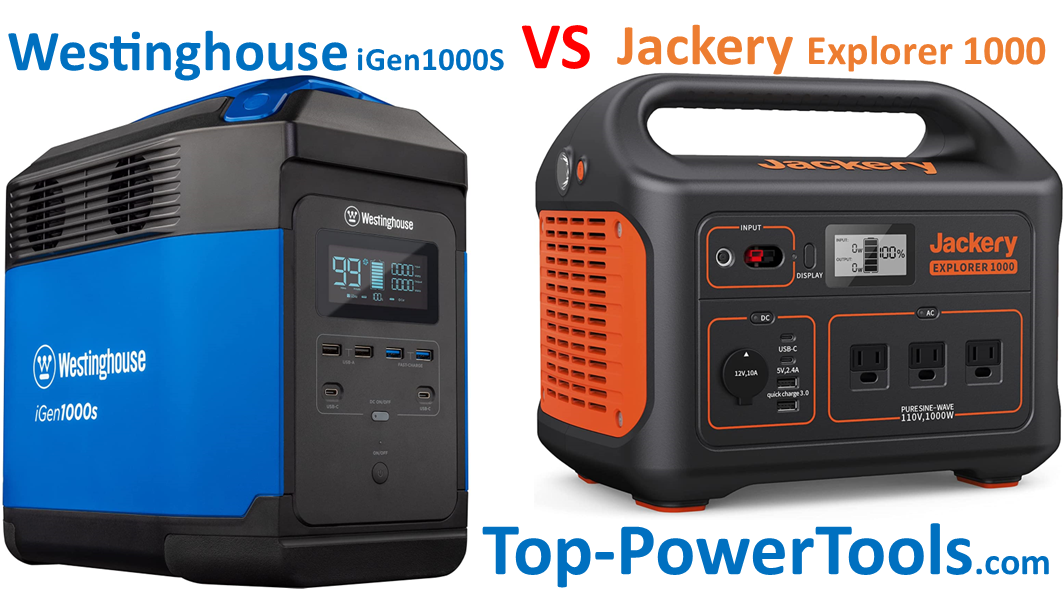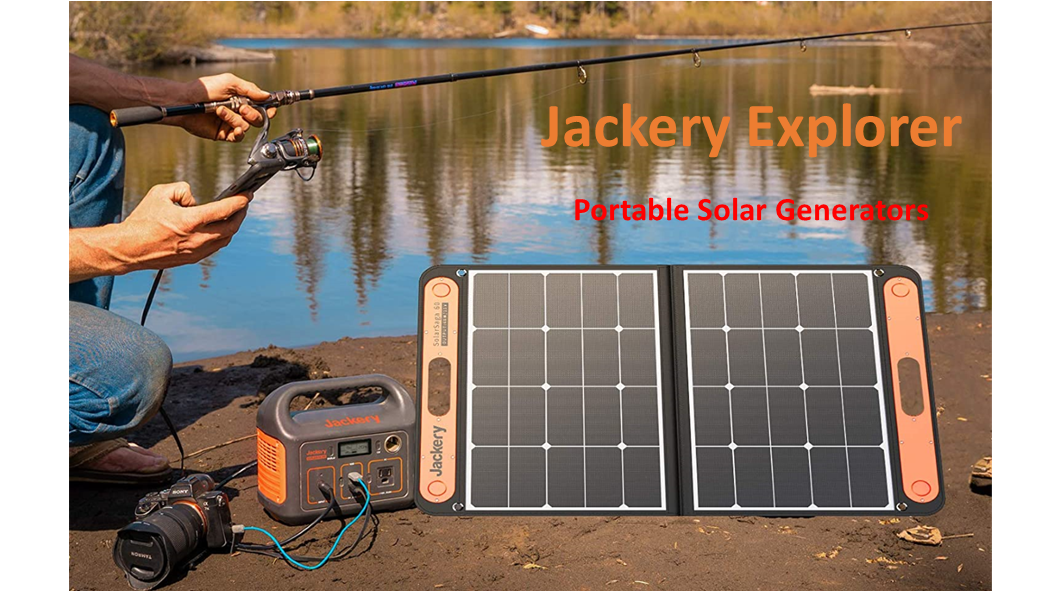Demand for portable power stations or solar generators has been increasing by leaps and bounds every year. Lithium-ion battery backup and camping power supplies have proven to be a worthy rivals to gas generators. Goal Zero is seen by many as the pioneer in the field of portable battery power and emergency battery backup for home.
The Gold Standard in Portable Battery Power Stations
Back in 2010, not many of us were aware that there was an eco-friendly, quiet alternative to portable gas generators for camping and home emergency electricity. This was when Goal Zero started manufacturing the Yeti range of portable power stations. As the forerunners in this field, Goal Zero has become the standard by which all other solar generators are measured.
After 10-years of leading the way in portable battery power, Goal Zero upgraded the Yeti 1500. The Yeti 1500X was launched in 2020. Now, a bit more than a year later, we’re able to review the Goal Zero Yeti 1500X after it has been put through its paces. I think that time has proven this to be an ultimately reliable and supremely durable solar generator.
Goal Zero Yeti 1500X Price
Before continuing to provide what I believe to be the most comprehensive Goal Zero Yeti 1500X review, I feel it necessary to address the elephant in the room: the Yeti 1500X price. At around $2,000, it is expensive for a portable power supply with 2,000W continuous power and 3,500W surge capacity. Granted, the later model has increased AC capacity compared to the first-generation Yeti 1500. It is still quite pricey for the amount of watts you have at your disposal.
There can obviously be no comparison to a gas generator (even an inverter model) with the same type of output watts. Portable power stations are more expensive than gas generators. I think the reasons for this are obvious. Most notable would be the additional cost of the 1516 WH Li-ion NMC battery fitted to the Yeti 1500X.
When we compare the Yeti to similar products, like those from Bluetti, Jackery, and EcoFlow, Goal Zero will generally be the most expensive among models with the same inverter output wattage and battery capacity.
So, what are you paying for when you buy a Goal Zero solar generator?
Some may say that Goal Zero offers superior technology. Though this isn’t really a valid argument when technology changes so rapidly. What is the best 2022, will be surpassed by the time 2023 comes around. The Goal Zero Yeti 1500X was arguably the best in 2020. However, since then other brands have come up with new, sometimes better technology.
A good example would be the rapid advances in lithium-ion battery technology. Improvements seem to come along every few months. In my recent review of the EcoFlow Delta Pro, I commented with pure amazement at the extraordinary battery (rated for 6,500 cycles). This is a far cry from the Goal Zero battery that is rated for 500 cycles at 80%. This was pretty good when the Yeti 1500X upgrade took place but is no longer that impressive. I’m sure the next generation Goal Zero power stations will have improved batteries and you will probably be able to upgrade to the new batteries for the current model Yeti.
Let’s put aside the issue of battery technology for now. After all, no manufacturer can keep up with the evolution of lithium-ion batteries. What I really love about all Goal Zero products is the extremes to which they have gone to build machines that are going to outlast the competition.
Most portable power stations are made predominantly from plastic. This is okay but certainly not the most robust. Goal Zero uses mostly aluminum to construct the Yeti range. This obviously makes them super tough but there is another fantastic quality to aluminum that makes it the best material for housing an inverter and battery.
Aluminum is a lousy conductor of heat, making it one of the best materials for insulating and keeping equipment cool. Heat is the greatest cause of deterioration in both batteries and inverters. By housing these crucial components in aluminum, they operate at lower temperatures. This means an increased lifespan for the machine.
The bottom line is that Goal Zero has invested big time in research and development. When specifying materials, the engineers have not sought out the cheapest, but rather the best. This all costs money and that reflects in the higher price tag for Goal Zero solar generators. On the flip side, the more expensive Goal Zero Yeti 1500X should last much longer than its cheaper rivals. In the long run, the higher purchase price should pay for itself as repairs and replacements will be less frequent.
Goal Zero Yeti 1500X Specifications
CHARGE TIMES
- AC Wall Charger
- 120W: 14 Hours
- 230W: 7 Hours
- 600W: 3 Hours
- Solar
- 50W (Boulder/Nomad 50): 36-72 Hours
- 100W (Boulder/Nomad 100 (BC)): 18-36 Hours
- 200W (Boulder (BC)): 9-18 Hours
- 400W (Boulder 200 X 2): 4-8 Hours
- 600W (Boulder 200 X 3): 3-6 Hours
- 800W (Boulder 200 X 4): 3-4 Hours
- 1200W (Boulder 200 X 6): 3 Hours
GENERAL
- Chainable: No
- Simultaneous Recharge & Discharge: Yes
- Weight: 45.64 LBS (20.7 kg)
- Dimensions: 15.25 x 10.23 x 10.37 in (38.74 x 25.98 x 34.54 cm)
- Operating usage temperature: 32°-104° F (0-40° C)
- Warranty: 24months
BATTERY DETAILS
- Cell chemistry: Li-ion NMC
- Pack capacity: 1516Wh (10.8V, 140.4Ah)
- Single Cell Equivalent Capacity: 421Ah @ 3.6V
- Pack Lithium Content: 126g
- Lifecycles: 500 Cycles to 80% capacity (Discharge rate: 1C, Full charge/discharge, Temp: 25°C)
- Shelf-life: Charge every 3-6 months
- Management system: MPPT charge controller
PORTS
- USB-A port (output): 5V, up to 2.4A (12W max), regulated
- USB-C port (output): 5 – 12V, up to 3.0A (18W max), regulated
- USB-C PD port (input / output): 5 – 20V, up to 3.0A (60W max), regulated
- 6mm port (output, 6mm): 12V, up to 10A (120W max), regulated
- 12V car port (output): 12V, up to 13A (160W max), regulated
- 12V High Power Port (output): 12V, up to 30A (360W max), regulated (front face/under lid)
- 120V AC Inverter: 120VAC 60Hz, 16.5A (2000W, 3500W surge) (output, pure sine wave)
- Charging port (input, 8mm): 14-50V, up to 10A (150W max) (front face/under lid)
- High Power charging port (input): 14-50V, up to 50A (600W max)
- Expansion Module port Covered port under the lid. To be used with Goal Zero expansion modules only.
Goal Zero Yeti 1500X Overview
User functions and outlets have always been pretty great for this model. When the Yeti 1500 was upgraded in 2020, little changed with regard to the easy-to-use nature of this solar generator. A great step forward has been the increased charging capacity, with an amazing 600W maximum power point tracking (MPPT) solar charger. This allows you to charge the battery in as little as 3-hours with the right panel wattage and (of course) good sunlight.
I’ve always liked the way important information is conveyed to the user. The Yeti 1500X LCD display provides all the information we want in a very easy format. The large battery icon is self-explanatory. For a more accurate view of the battery status, the remaining charge percentage is also displayed. You can observe the input (charge) wattage and the output watts. The remaining battery time is displayed numerically.
A lot of emphases is placed on the pure sine wave inverter in most portable power station reviews. Sure, the high-quality Goal Zero digital inverter is a wonderful thing. With 2,000 running watts and 3,500W peak capacity, you have the amperage to power a refrigerator and then some. Not at all bad for a portable power station weighing around 50-pounds. However, people seem to overlook the importance of the DC power outlet ports.
Access to AC power is obviously a huge advantage but is not the most efficient when using a battery. All batteries store DC current. When converting this electricity to AC, some energy is lost. If you then convert it back to DC, like when you use a USB charger, there is a double loss of power. First, you convert the DC power from the Battery to AC and then back to DC to charge devices like phones, cameras, and drones. By using the many USB ports and 12VDC outlets fitted to the Goal Zero Yeti 1500X, you maximize electrical efficiency. These ports draw power directly from the DC battery source, eliminating the power conversion loss of the inverter. When this model was upgraded, the 12V outlet was increased to 30A, allowing for much more versatile use of 12VDC power.
The general design of the Yeti 1500X is, like all models in this series, absolutely fantastic. The very square shape is so practical. It stores easily, without occupying too much space. Even the two carrying handles on either side of the machine are designed to maximize ergonomic efficiency. A handy storage box at the top is a neat way to keep all your cords and cables onboard for transportation. The box also houses a port to connect additional batteries.
Having chainable batteries is excellent for home emergency power during a prolonged outage. There can be no denying that climate change has brought about many challenges to our lives. Backup electricity is one of these. Not so long ago, California (And parts of New Mexico) experienced the most catastrophic wildfires of all time. In the eastern US, all way into western Texas, hurricanes and tornados have become more frequent and more severe. This has meant that the electricity supply is often disrupted. If you want the convenience of battery and inverter power to supply your home during these times, you’re going to want all the battery storage you can get. The grid power could be down for several days, and you’ll want the battery backup to keep you powered up for all this time.
Complete Versatility
Portable power stations have earned their recognition as an ultimately versatile way to supply electricity. There are no gas fumes so you can use them indoors. You don’t need to worry about maintenance and keeping a supply of gas. They also have the great advantage of a solar charger for the battery. If used to its full potential, the Goal Zero Yeti can supply all your leisure and emergency power needs and save on your electricity bills throughout the year.
Solar-powered homes are becoming quite the vogue. In most countries, government rebates make installing solar panels to your home an attractive proposition. You can enquire about receiving government subsidization for solar installations in your state. With the money you will receive back from the government, the Goal Zero Yeti price tag will become less daunting. Not to mention, the lower electricity bills.
Goal Zero supply transfer systems that make it easy to connect the Goal Zero Yeti to your home electric panel. Obviously, the Yeti 1500X does not have the watts to supply your entire home but you can select a few critical circuits that will be supplied by the Yeti. The electricity used for these circuits will essentially be free because it is generated using solar panels. The circuits powered by the Yeti will also be immune to blackouts because power is supplied by the battery during an outage. When you go on vacation, you simply unplug the Yeti and take it with you. Solar panels on RVs and luxury coach motorhomes are common these days. It means you can have clean portable power with you wherever you go.
Think smart and use your portable power station comprehensively, and it becomes more of an investment than an expense.








